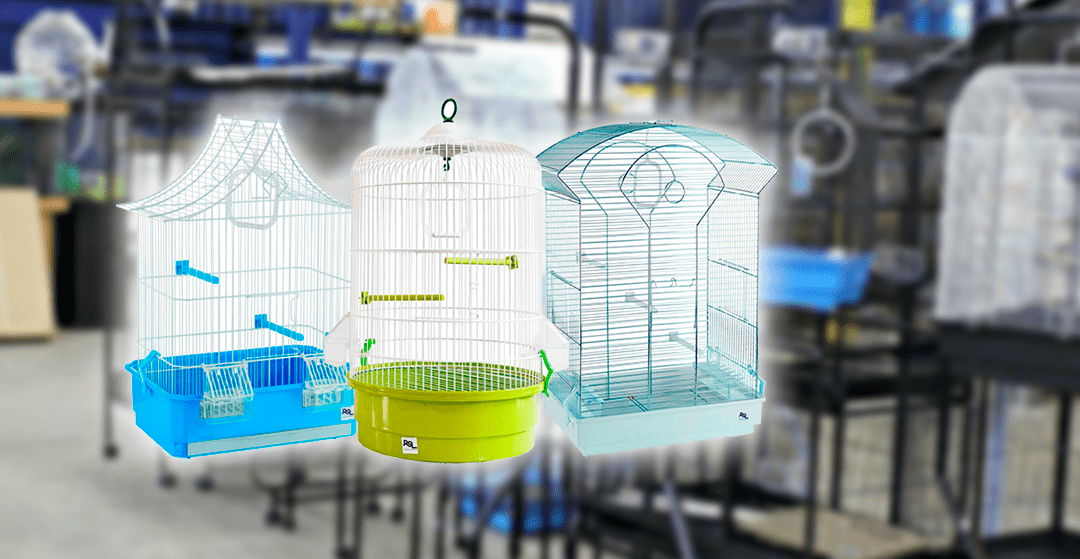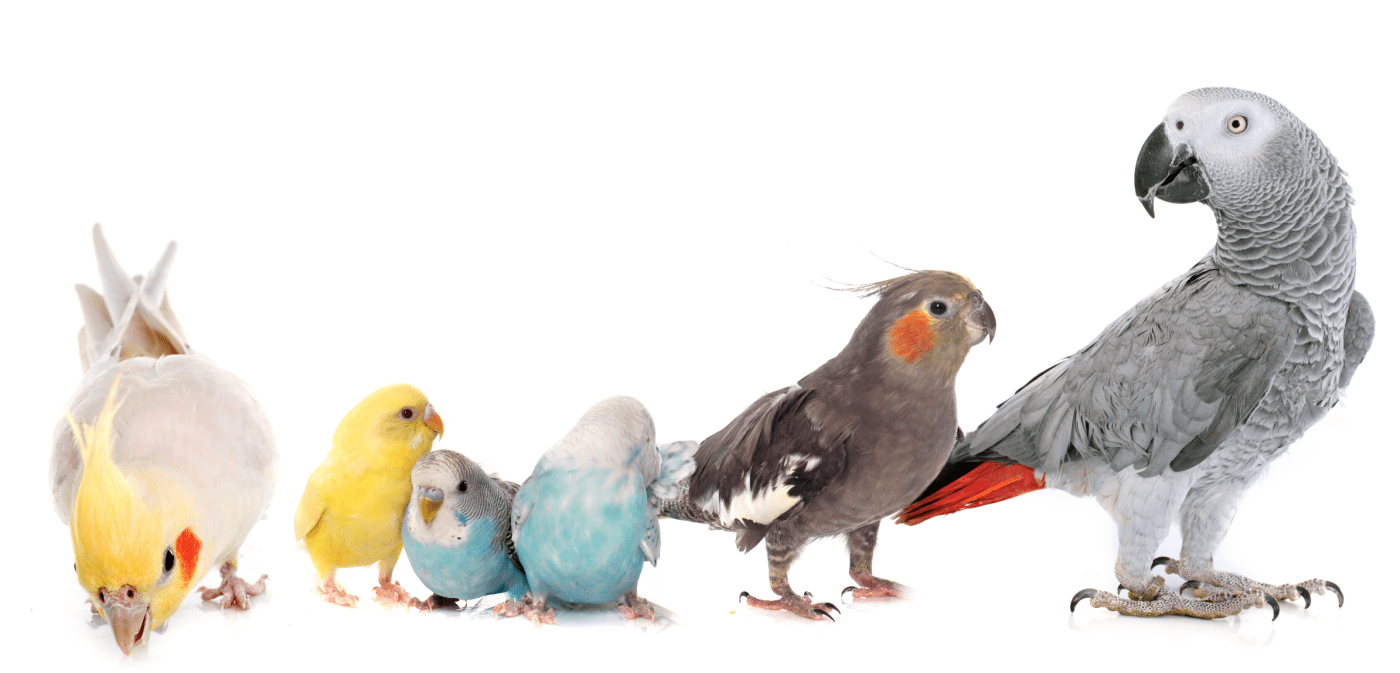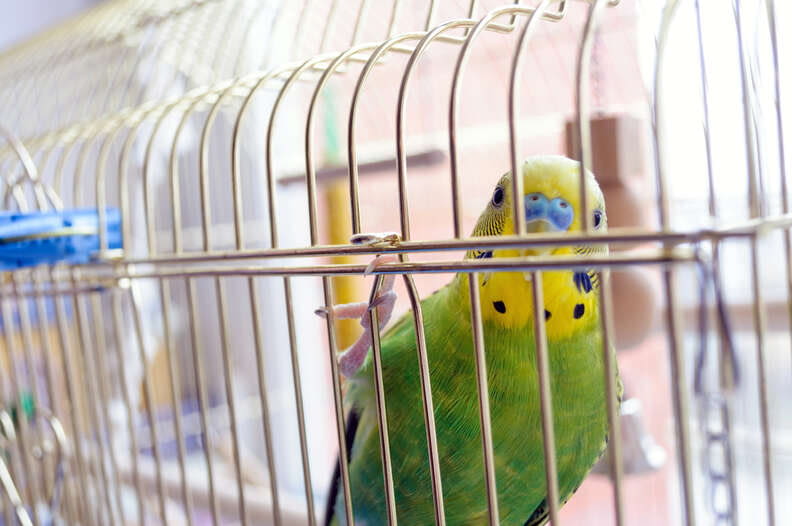
Having a suitable assortment will allow us to offer the necessary alternatives for the wefare of our customers' birds. A necessary accessory even if our approach is to allow birds to enjoy free flights inside the home.
Bird cages are a safety guarantee. This cabin in which the birds can be protected from any mishap, both while at home and when they are absent.
And understanding the safety involved, it is important to understand that it is also for the pet. Bird cages are synonymous with confidence for this type of animal. They are your living space, the place to nest, eat or take a dip. A real reference for your own tranquility.
At the time of configuring your basic assortment for your bird cage section it is essential to approach it from the consumer's point of view to meet their specific needs.
What is a cage buyer looking for your bird?
Concepts such as quality, safety and design are fundamental but there are also other variables to consider and very present.

1. The species
We have to be fully aware of the bird species in question.
Normally, we focus on knowing how the feeding of a certain type of bird should be. But it is not the only fundamental aspect for this type of animal. Incredibly, choosing bird cages is just as important as what to feed them.
We emphasize this because, despite appearances, not all cages are suitable for all birds.
2. Cage size
Regardless of bird species, there is a maximum for bird cages: The larger the cage, the better. However, it is not always possible to have a large cage for a matter of space.
The size of the bird cage is vital. Too small a cabin can cause a good number of emotional and even physical ailments in the pet. Stress, strange behavior that includes shouting or even pulling down are some of the side effects of a lack of space.
It is essential to keep in mind that the minimum measurement depends on the size of the bird.
To make this calculation, it is important to know the bird's measurement with the wings unfolded.
A dimension that we will have to multiply by 1.5 to find out what the minimum dimension of the cage space height, width and length is. In the case of small birds, we can even make that same calculation by multiplying by three. This way, you will have more room to fly or play.
When making this calculation, it is necessary to know that all the bird accessories contained in the cage subtract useful space. That is why it is better to advise a slightly larger cage so that feeders and drinkers, toys or nests do not take away the ability of the bird to move.
Finally, one more note when it comes to size: the number of birds. A cage for one bird is not the same as for two, much less if the client wants to have a larger colony in the future or, for example, to breed canaries or other small birds.

2. Cage bars
May seem secondary, but it is not. Since the world of birds is very wide, so are the types of beaks of the different specimens. Therefore, and beyond always offering firm and strong cages, we must also take into account something very important: the distance between the bars.
In the case of small birds, such as parakeets, canaries or even finches; we will have to offer a cage for birds that has a centimeter of separation. For medium-sized birds, such as nymphs or parrots, there may be no more than two centimeters between bars.
Chapter apart they deserve big birds. With larger species, such as parrots or macaws, it is not only necessary to offer a bird cage that is no more than three centimeters apart. In addition, it is advisable to choose one with horizontal bars. This orientation will allow them to climb and play around the cage.
3. Cage shape
Although the choice when offering the customer a model or other cage for birds has a high aesthetic component a priori, it is necessary to know how one shape or another affects the bird.
Rectangular or square cages are, in general, more spacious. In the case of cages with rounded shapes, they have two advantages at a practical level: they allow much better use of useful space and facilitate cleaning.
But, beyond this pair of characteristics, they have something ideal for birds: their shape has a positive impact on the emotional stability of birds.
4. Material
Bird cages are usually made of stainless steel. A resistant material that can not only be easily cleaned. In addition, it can be disinfected without any inconvenience.
Despite being the most common material, some choose cages for wooden birds. Some that have a greater decorative value and which, however, do not apply to all species.
In any case, we can only offer them for small birds and straight peaks, such as canaries.
Avoid any cage that is finished in an enamel. Paint is toxic to birds and, given the tendency of this family of animals to peck, can give us a good displeasure.
Therefore, in RSL Pets all our products are made of materials of the highest quality resistant and durable according to European legislation on animal welfare and care, thus guaranteeing the protection and tranquility of the pet within its habitat.
The paint used in our cages is lead-free epoxy.



